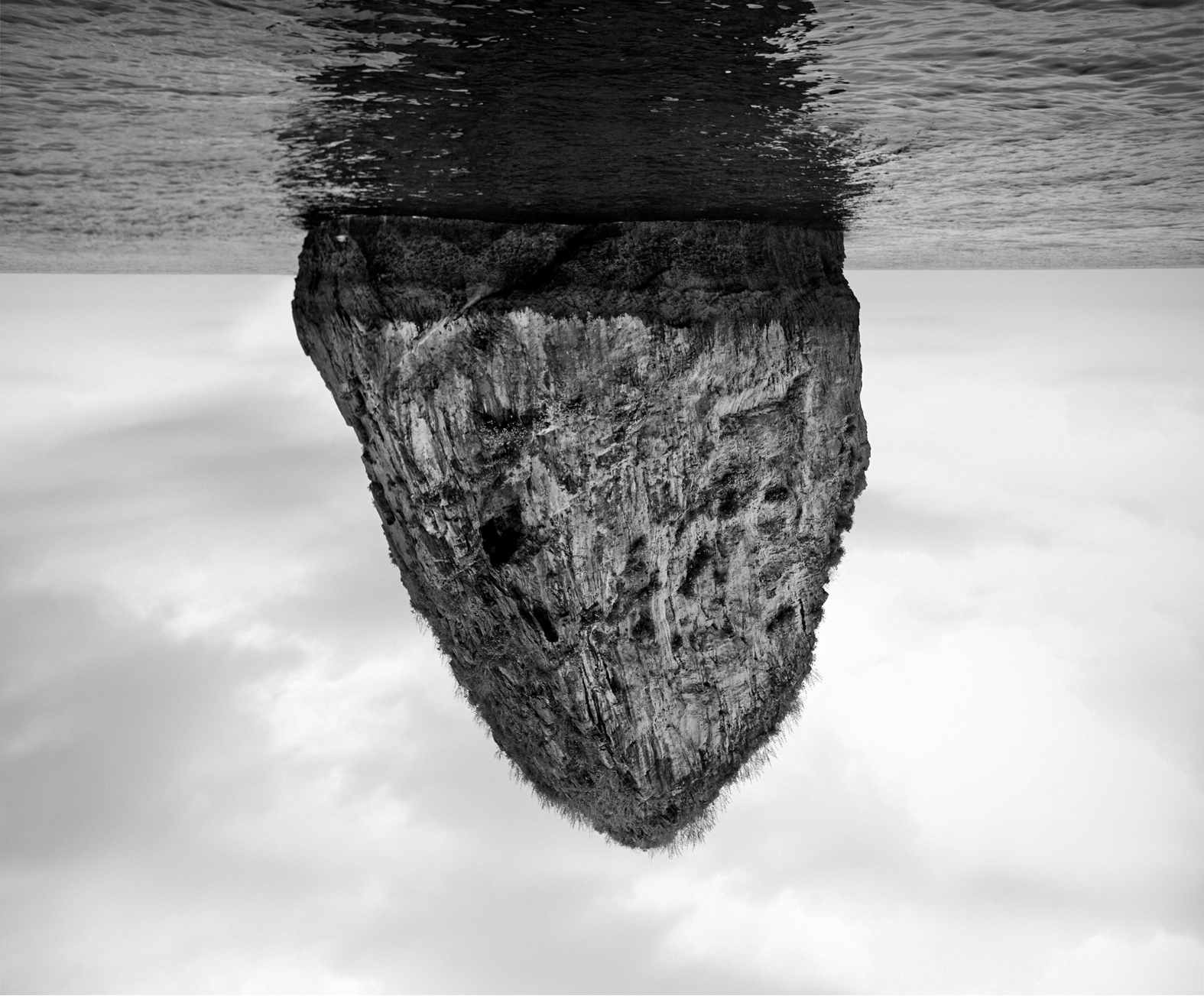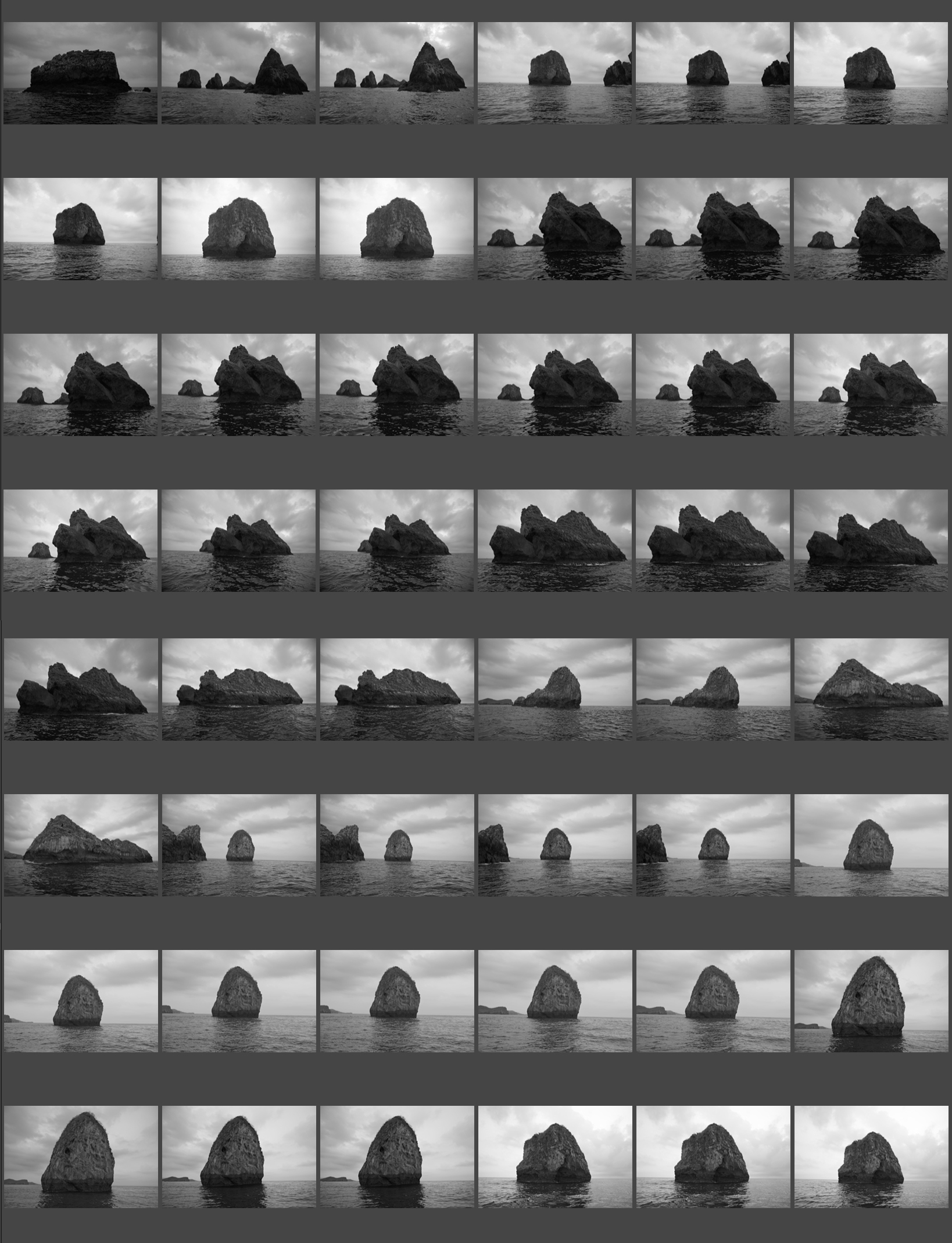










Your Custom Text Here
NOT UNFAITHFUL TO THE SPIRIT OF THE THING shows a gap between the world and our sensing of it. A fracture between reality and its accesibility to us, a lapse within appearance, in the way objects get involved in our perception.
The artwork unfolds a system of representation in which the real finds itself locked up in an unbearable stress with the descriptive powers of language, while visible objects display a torsion incompatible with their own qualities.
- The disciple asks: “Who is Buddha?”
- And the master answers: “Shitty stick.”
In the Zen tradition the answer was always both surprising and disappointing at once. An unintencional paradigm that transcends the words literal meaning.
NOT UNFAITHFUL TO THE SPIRIT OF THE THING shows a gap between the world and our sensing of it. A fracture between reality and its accesibility to us, a lapse within appearance, in the way objects get involved in our perception.
The artwork unfolds a system of representation in which the real finds itself locked up in an unbearable stress with the descriptive powers of language, while visible objects display a torsion incompatible with their own qualities.
- The disciple asks: “Who is Buddha?”
- And the master answers: “Shitty stick.”
In the Zen tradition the answer was always both surprising and disappointing at once. An unintencional paradigm that transcends the words literal meaning.
Taking as a starting point the discovery in 2010 of a meteoric crater in southern Egypt, spotted by scientists on Google Earth (Kamil crater), we play with the limited relation that photography establishes with objects and places:
What does it mean to observe at a distance? What becomes clear when you see from afar, and what becomes occluded? What becomes aggrandised, and what comes undone?
Distance isn´t just a physical matter. As distant observers we have come upon an interesting place and vantage point. One that should be held in abeyance in favour of more realistic assessments based on careful observation.
216 torture entries, is mass made out of torture entries from British newspapers. The documenting articles are here abstracted and deprived of their time/space and narrative qualities.
Thus, the once perishable object (yersterday´s newspaper) has now acquired its own entity, conferring an illogical, incoherent, non-syntactic and therefore disappointing answer.
The ingredients forming these masses concentrate the essence of the events, rather than being a mere testimony of them.
The following newspaper pages have been exposed to the physical process of sunlight passing through the lens, recording reality, but with the intention of removing all content from the newspaper pages. The condensed ray of light produced by the lens picks out the black ink and destroys it.
Paradoxically, it is not the light which portrays the news but rather the social structure in which it is drawn.